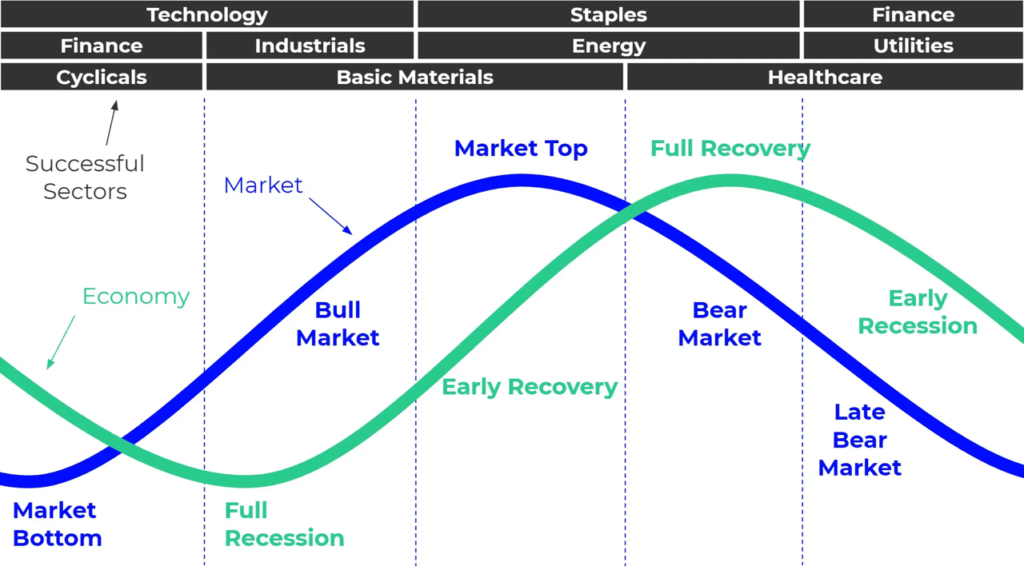– But Confirmation Still Pending
As the second quarter of 2025 wrapped up, the AIQ Market Expert System recorded a notable cluster of bearish expert ratings. While prices pushed to new 21-day highs, the system flagged key divergences that often precede market reversals. Despite these warnings, a formal phase change — a decisive shift in the system’s directional rating — has not yet occurred.
🔍 Internals vs. Price: A Classic Divergence

Between June 26 and June 30, the market hit intraday and closing 21-day highs, suggesting upward momentum. However, several internal indicators — all monitored by the AIQ Market Expert System — painted a different picture:
- Advance/Decline Oscillator readings were negative, showing a lack of participation behind the rally.
- Up/Down Volume Oscillator also turned negative, signaling that declining stocks had heavier volume than advancing ones.
- On June 26, even though closing prices hit a 21-day high, net advances declined, indicating a breadth-based non-confirmation.
This multi-day divergence between price action and internal strength is rare, and historically, it’s a high-confidence bearish signal.
🧠 Expert System Says: “Warning, Not Yet Confirmed”
While the AIQ Expert Ratings have issued several down alerts, the overall market phase has not yet flipped from up to down. In AIQ’s model, this is a cautionary period — often marking the last stage of a rally before momentum fades.
⚠️ Bottom Line
The AIQ Market Expert System is showing internal deterioration despite new highs in price — a clear warning signal. However, without a confirmed phase change, traders should remain alert but avoid overreacting.
This is exactly the kind of market behavior the AIQ TradingExpert Pro system is designed to detect — so traders can act on early warnings, not late confirmations.




